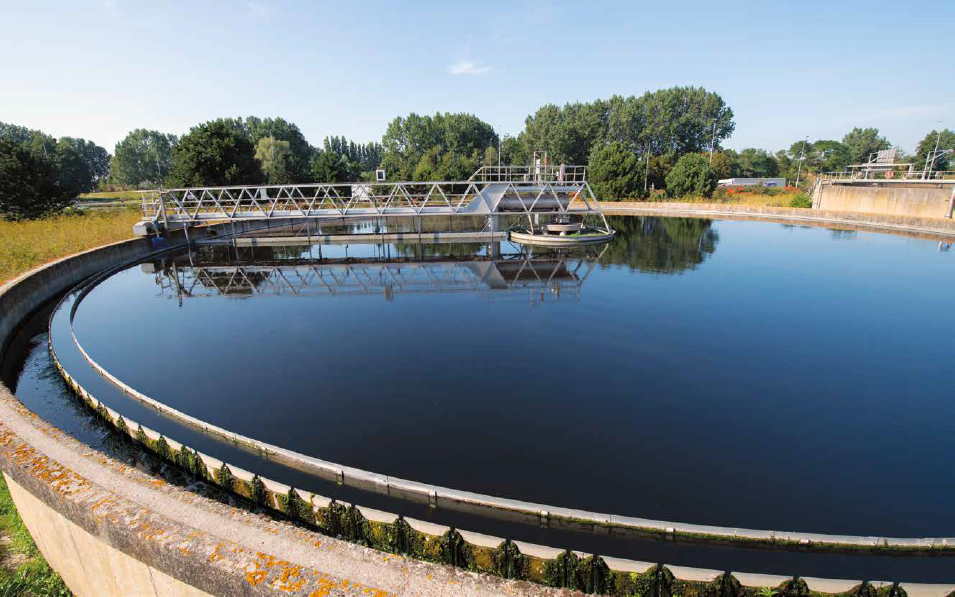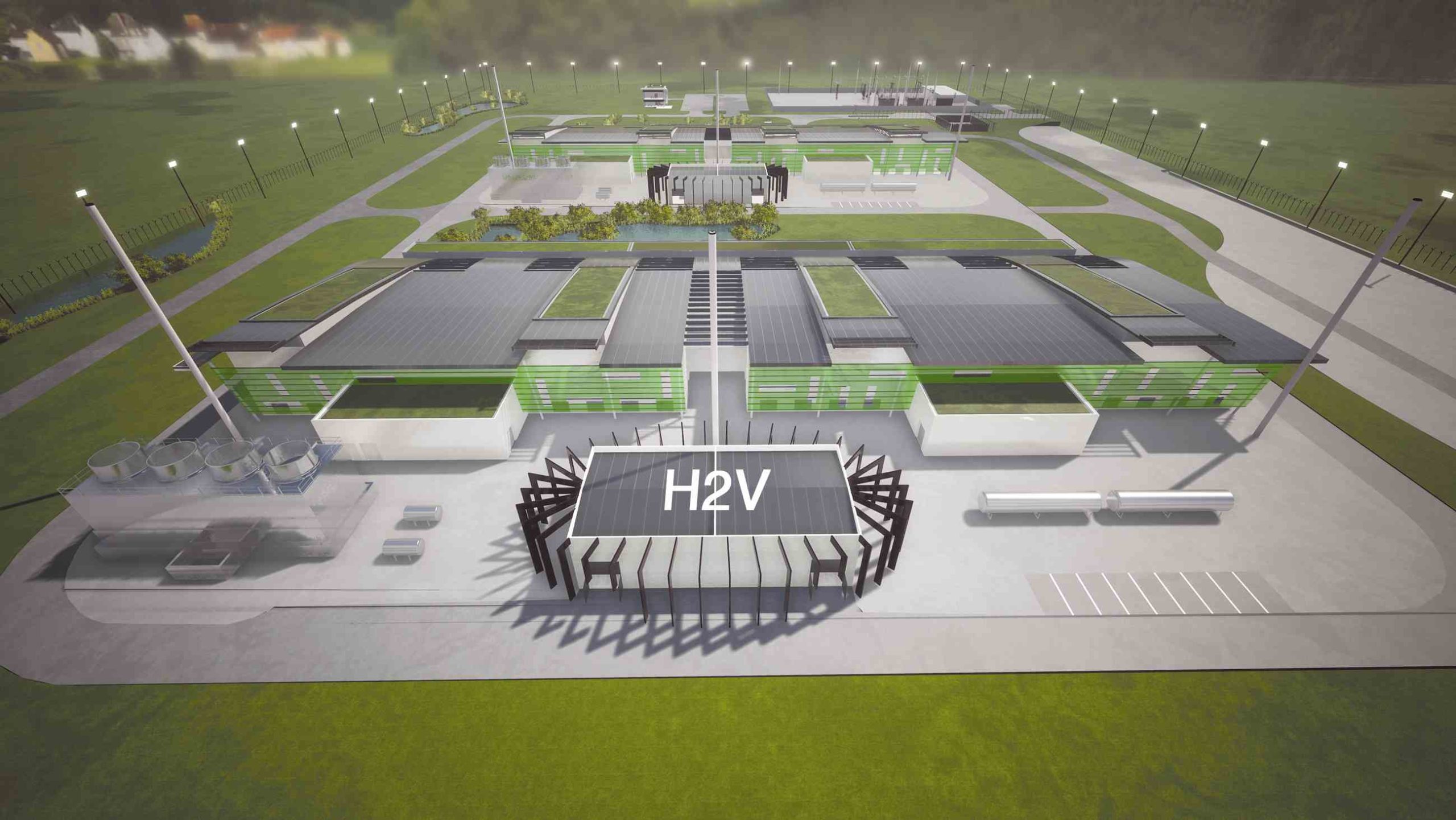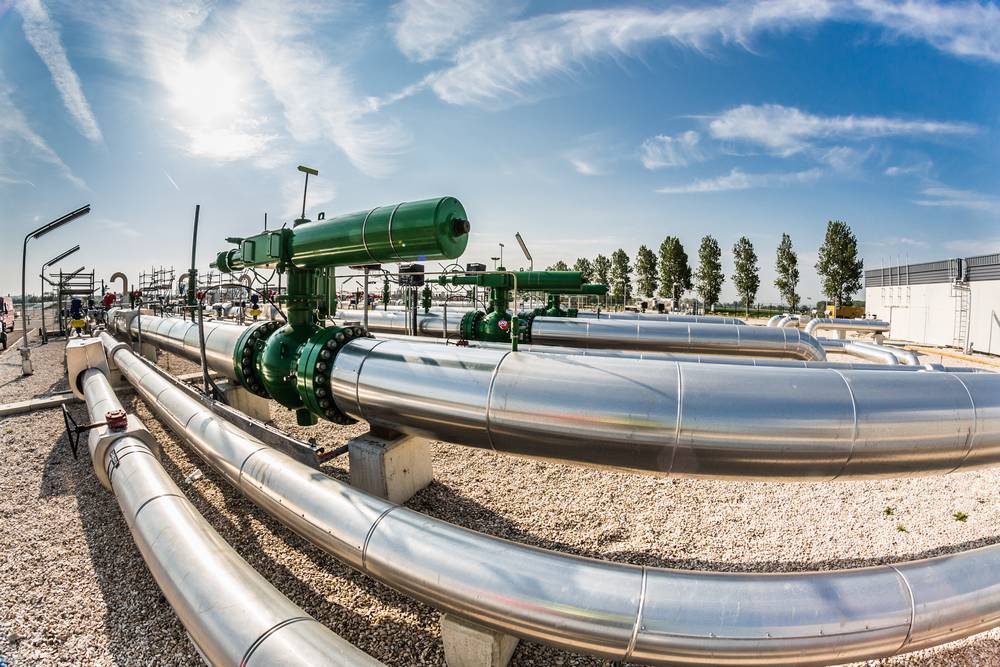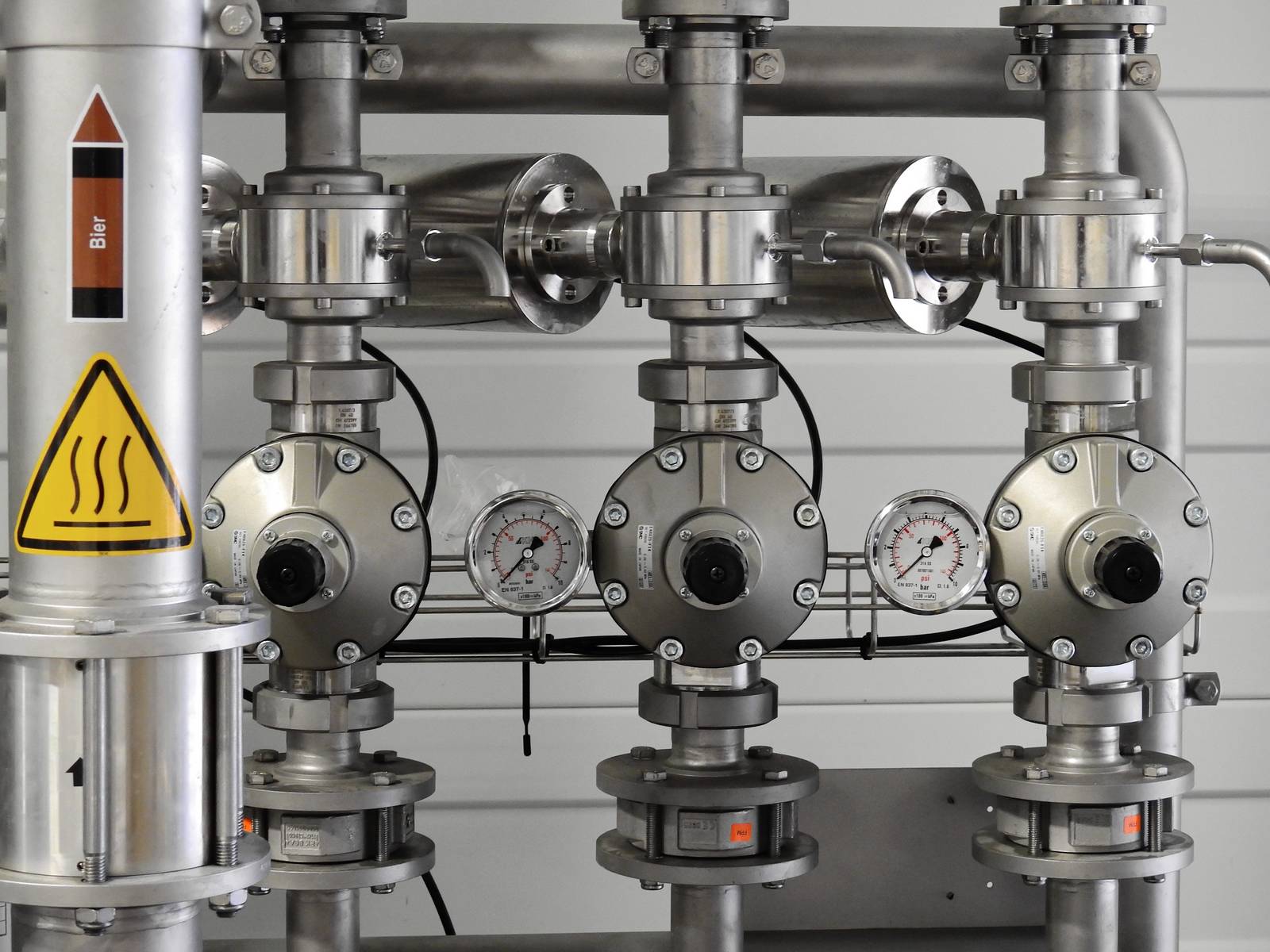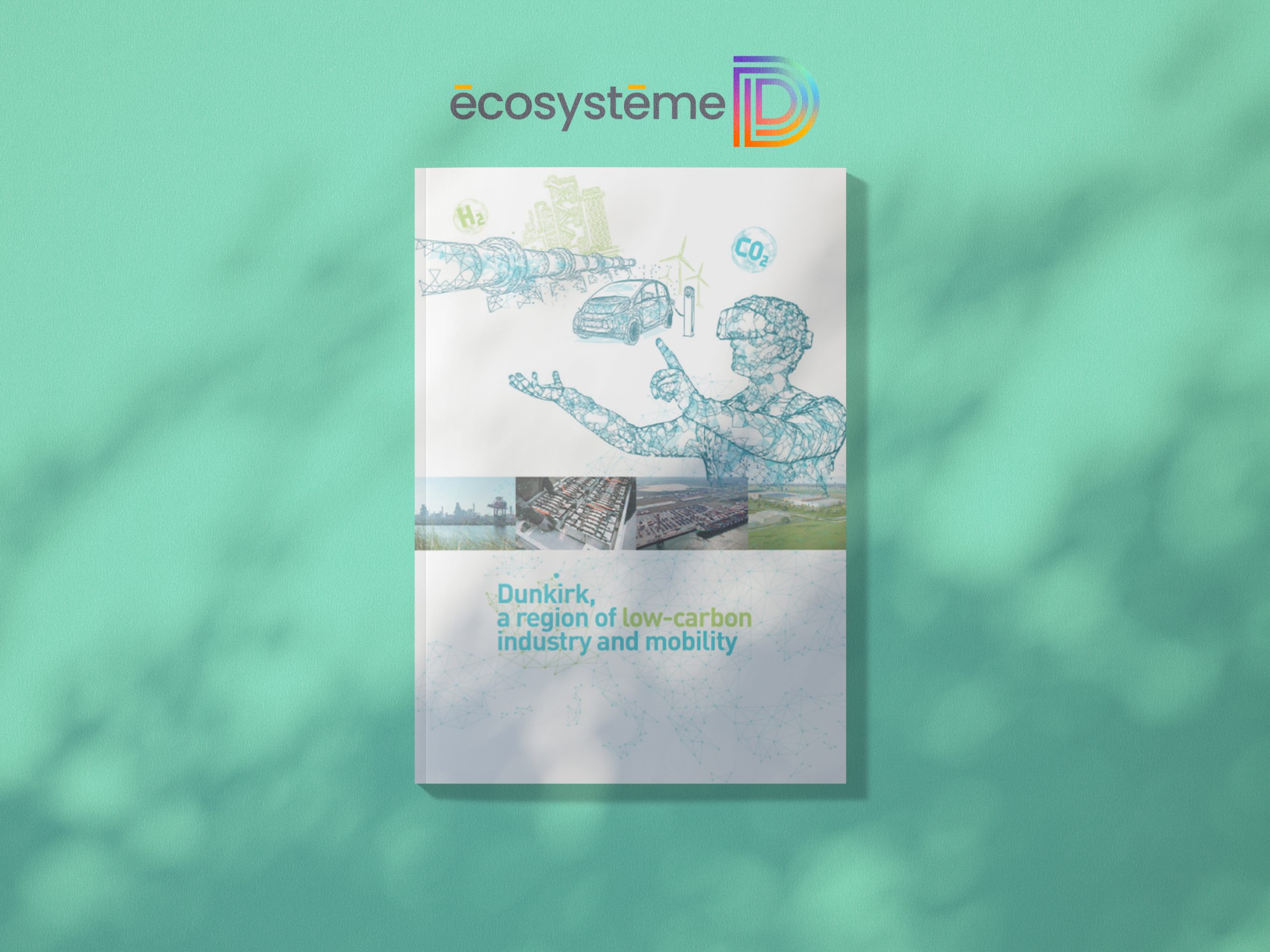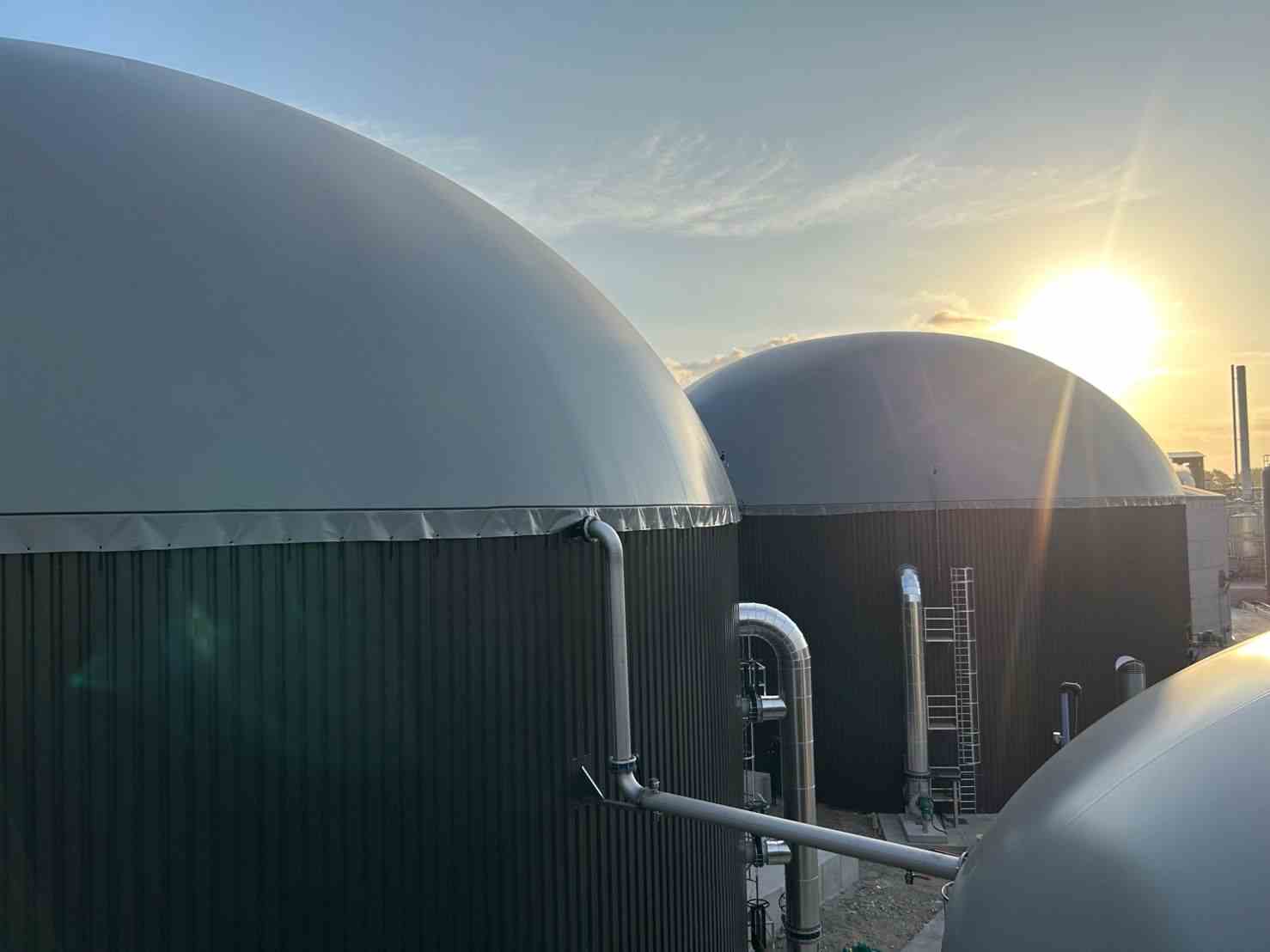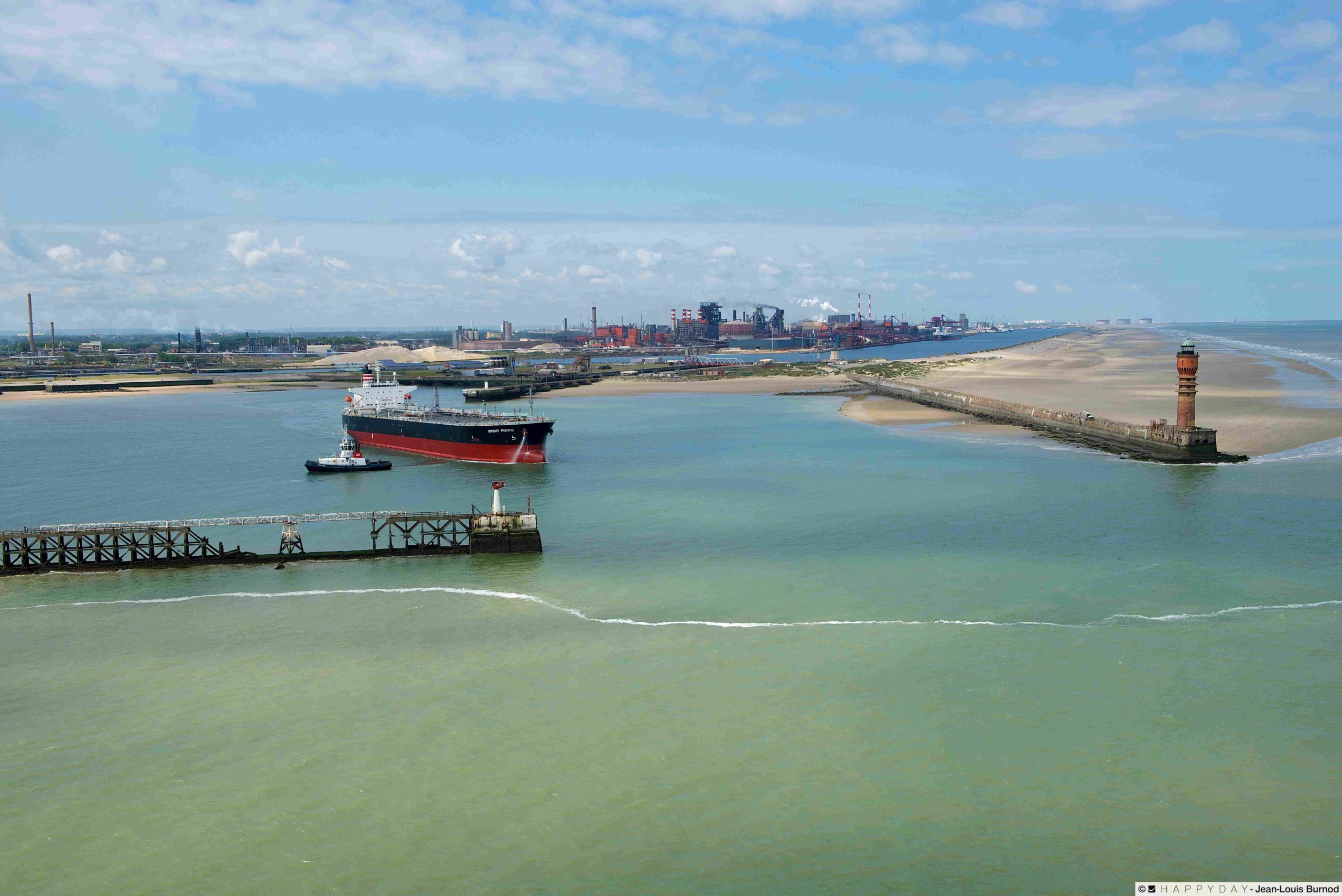
Low Carbon Industrial Areas (ZIBaC): let’s accelerate industrial decarbonisation
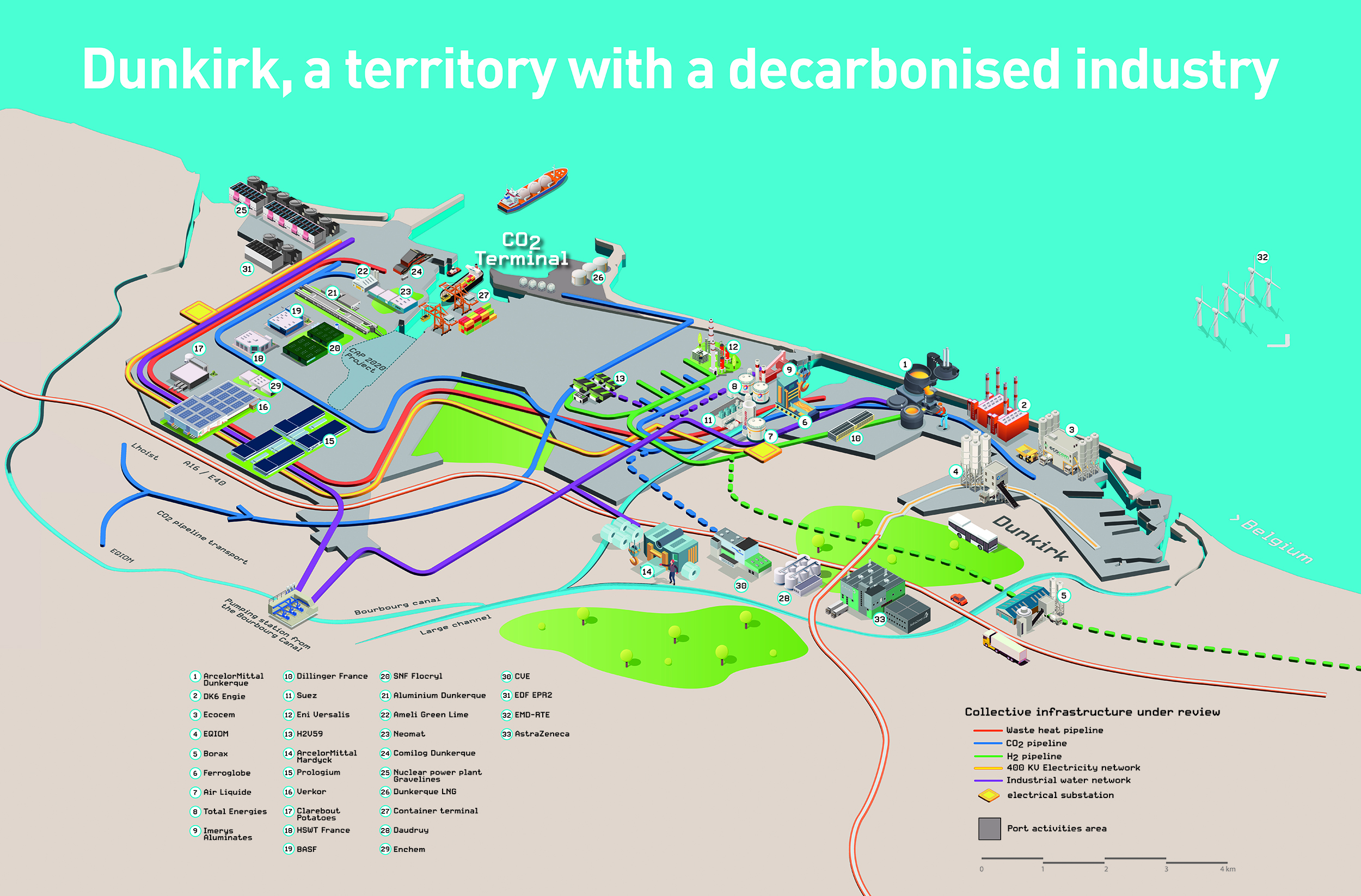
Already recognised as being exemplary in its efforts to reduce CO2 emissions – with the aim of achieving a 30% reduction by 2030 and carbon neutrality by 2050 – Dunkirk has won the first ever ‘Low Carbon Industrial Areas’ (ZIBaC) call for projects. Commissioned by the Ministry of Industry through the French Agency for Ecological Transition (ADEME), the ZIBaC scheme will help ÉcosystèmeD, a public interest group and its partners, to conduct engineering and feasibility studies relating to the reduction of carbon emissions, with a budget of 27.2 million euros, of which ADEME will provide up to 50% as a subsidy, or 13.6 million euros.
Dunkirk, a land of low-carbon industry and mobility
Dunkirk, the leading provider of decarbonization solutions… Discover the transformation of this region’s economic, production, and consumption models!

At the announcement of the winners of the project, Roland Lescure, Deputy Minister for Industry, referred to Dunkirk as a “pioneering” region, saying:
“In the future, the region’s appeal will be measured by infrastructures essential for the low-carbon industry: electricity, green hydrogen and CO2 capture. I’m sure that the creation of low-carbon industrial areas across all of France’s large industrial basins will help us make it one of the most attractive countries in the world for green industries.”
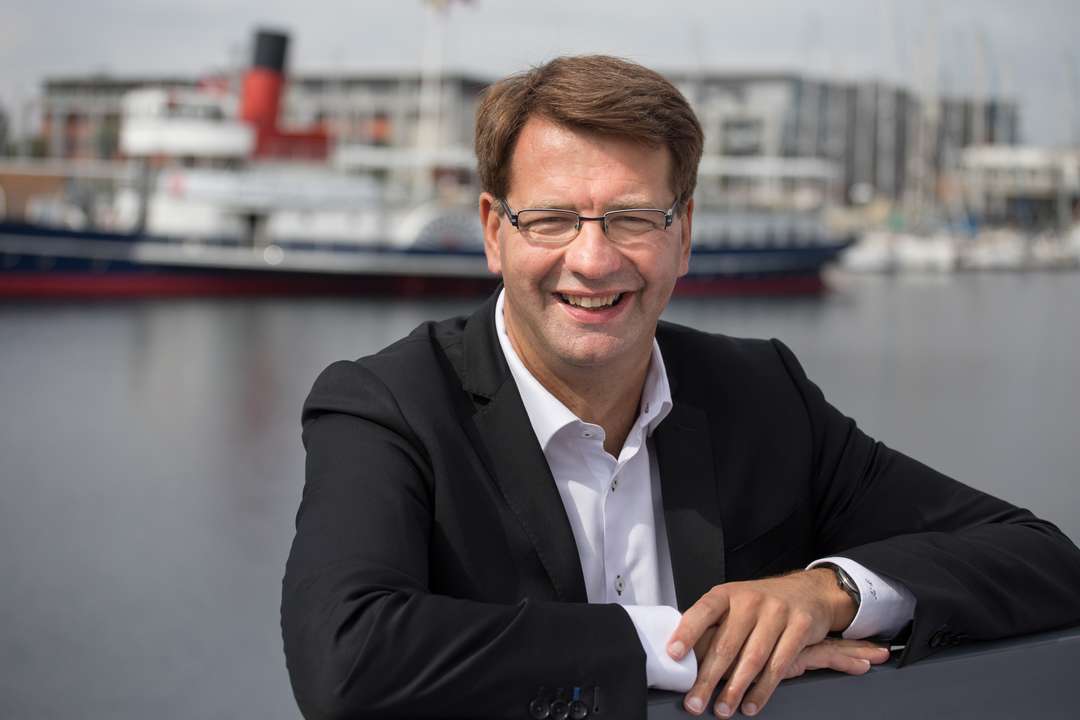
Patrice Vergriete, Chair of the Greater Dunkirk Urban Council
“Dunkirk, a pioneer in the decarbonisation of French industry, has made the ecological transition a major lever for the green reindustrialisation of its industrial area. As part of the French government’s France 2030 investment plan, this ZIBaC funding will enable us to continue accelerating our drive for industrial competitiveness by making mass investment in the technologies of the future and supporting the ecological transition to improve production and meet environmental challenges. Alongside our European partners, France’s ambitious objective to combat global warming is one of the priorities when it comes to meeting the carbon neutrality goals on the European continent by 2050”.
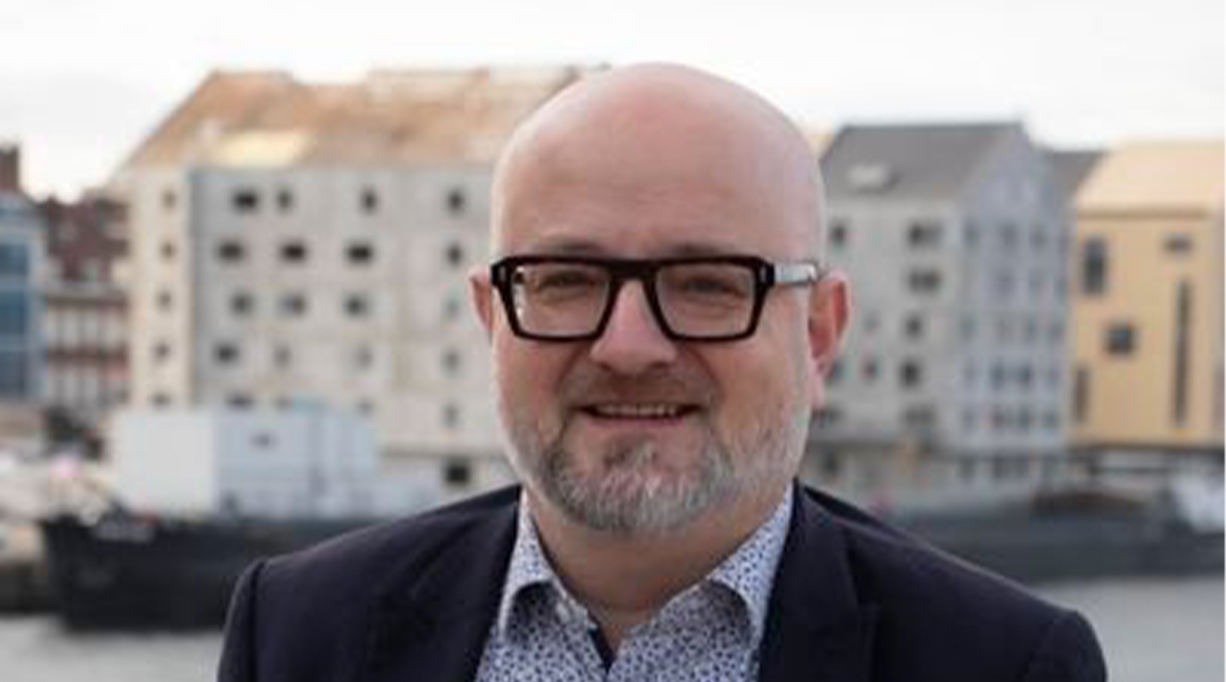
Dunkirk’s port and industrial area represents 20% of France’s industrial CO2 emissions. However, “there will be no decarbonisation without infrastructure. And the 2030 target is only credible if projects are launched now,” says Rafael Ponce, Managing Director of ÉcosystèmeD.


